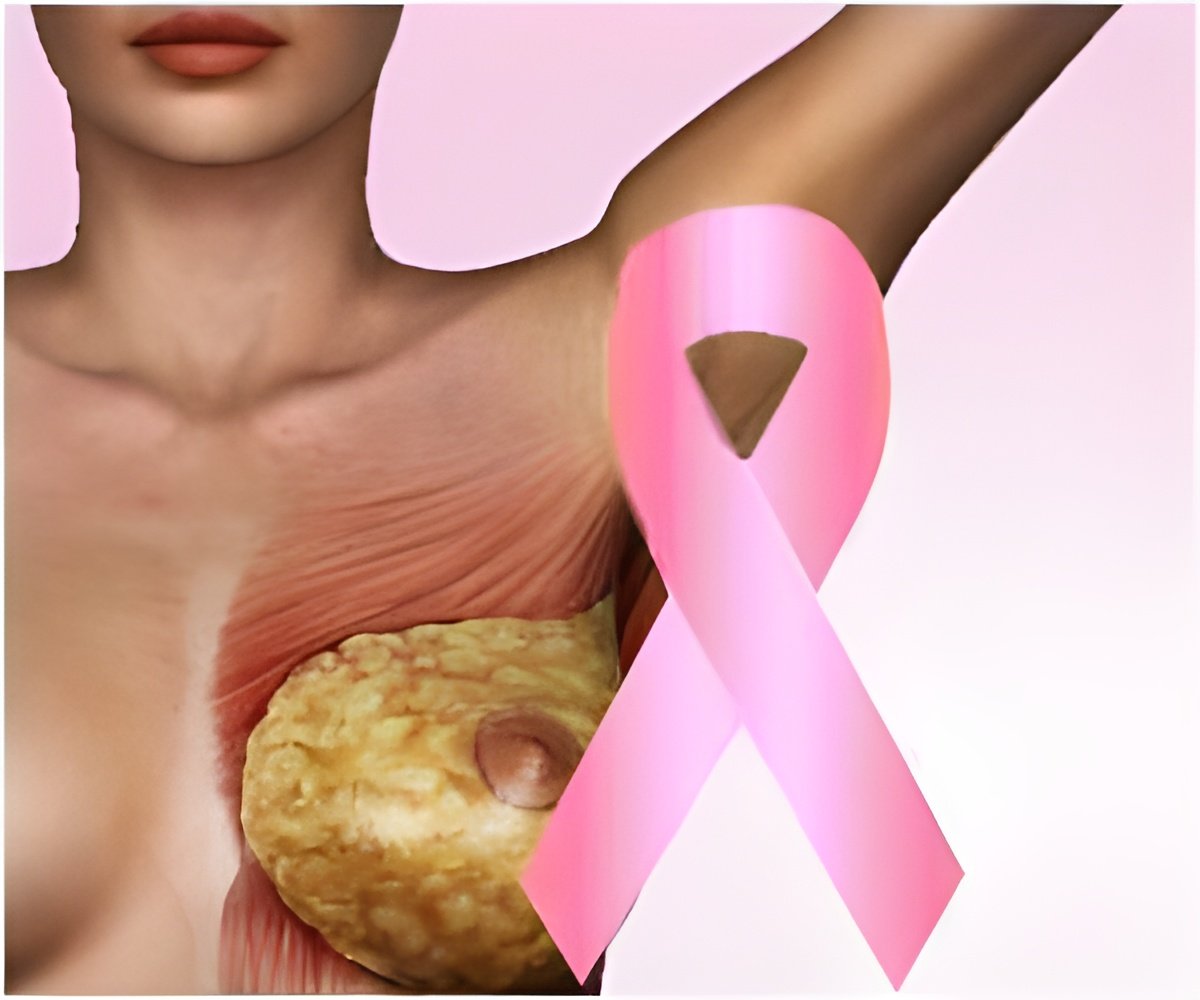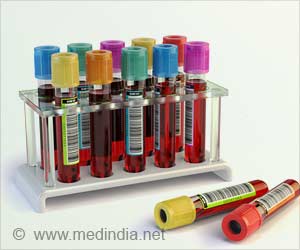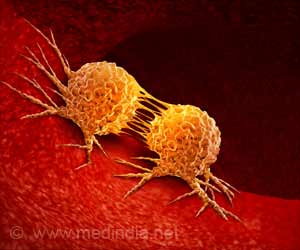A study has found that a gel form of tamoxifen applied to the breasts of women with noninvasive breast cancer cut the growth of cancer cells with fewer side effects than the drug taken in oral form.

Because the drug was absorbed through the skin directly into breast tissue, blood levels of the drug were much lower, thus, potentially minimizing dangerous side effects -- blood clots and uterine cancer.
The gel was tested on women diagnosed with the non-invasive cancer ductal carcinoma in situ (DCIS) in which abnormal cells multiply and form a growth in a milk duct. Because of potential side effects, many women with DCIS are reluctant to take oral tamoxifen after being treated with breast-saving surgery and radiation even though the drug effectively prevents DCIS recurrence and reduces risk of future new breast cancer.
The paper was published July 15 in the journal Clinical Cancer Research.
"Delivering the drug though a gel, if proven effective in larger trials, could potentially replace oral tamoxifen for breast cancer prevention and DCIS and encourage many more women to take it," said lead author Seema Khan, M.D., a Northwestern Medicine® surgical oncologist. "For breast cancer prevention and DCIS therapy, effective drug concentrations are required in the breast. For these women, high circulating drug levels only cause collateral damage."
Khan is a professor of surgery and the Bluhm Family Professor of Cancer Research at Northwestern University Feinberg School of Medicine. She also is a surgeon at Northwestern Memorial Hospital and co-leader of the breast cancer program at the Robert H. Lurie Comprehensive Cancer Center of Northwestern University
Advertisement
Women who have completed surgery and radiation are given oral tamoxifen for five years to reduce the risk of the DCIS recurring at the same place and of new breast cancer appearing elsewhere in the same breast or the other breast. Tamoxifen is an anti-estrogen therapy for a type of breast cancer that requires estrogen to grow.
Advertisement
The reduction in the levels of 4-OHT in the blood also was correlated with a reduction in proteins that cause blood clots.
The study involved 26 women, ages 45 to 86, who had been diagnosed with DCIS that was sensitive to estrogen (estrogen-receptor-positive DCIS). Half the women received the gel, which they applied daily, and half the oral drug, which they took daily.
The gel application may also be more effective for some women. Oral tamoxifen doesn't help all women who take it because it needs to be activated in the liver by specific enzymes and about a third of women lack these enzymes, Khan said. These women may not receive full benefits from the pill.
Source-Eurekalert














